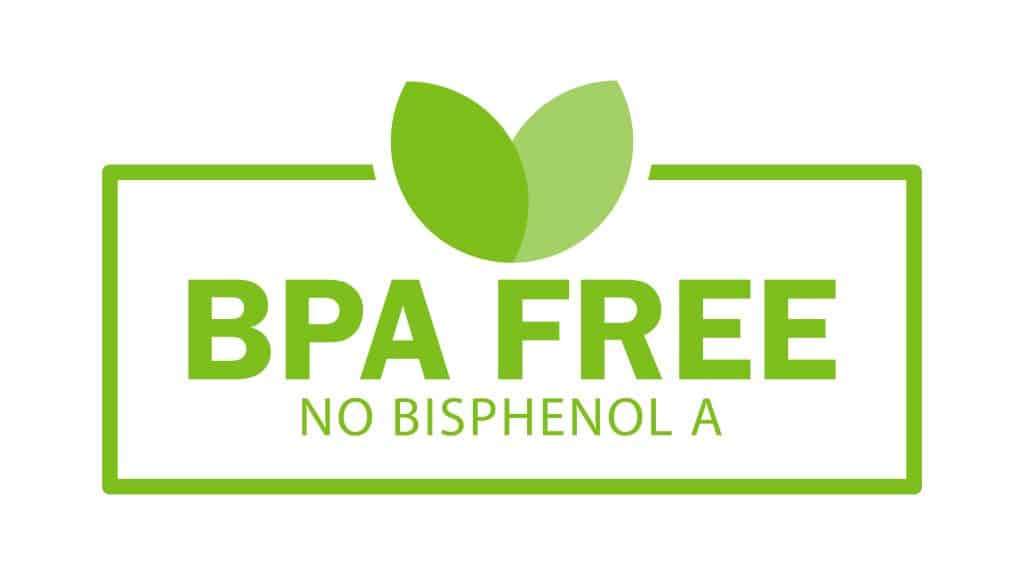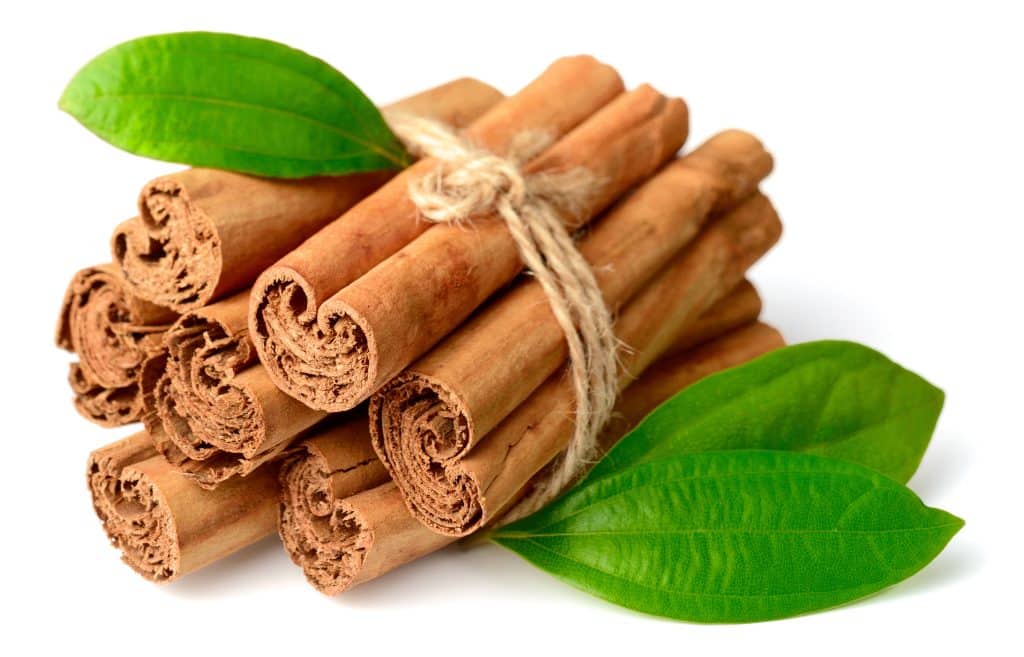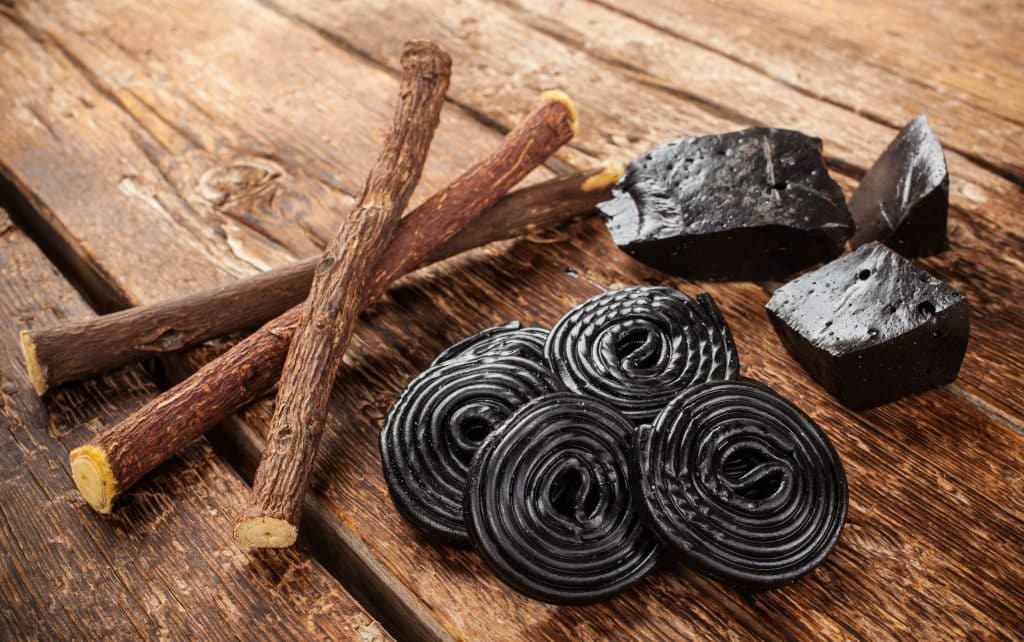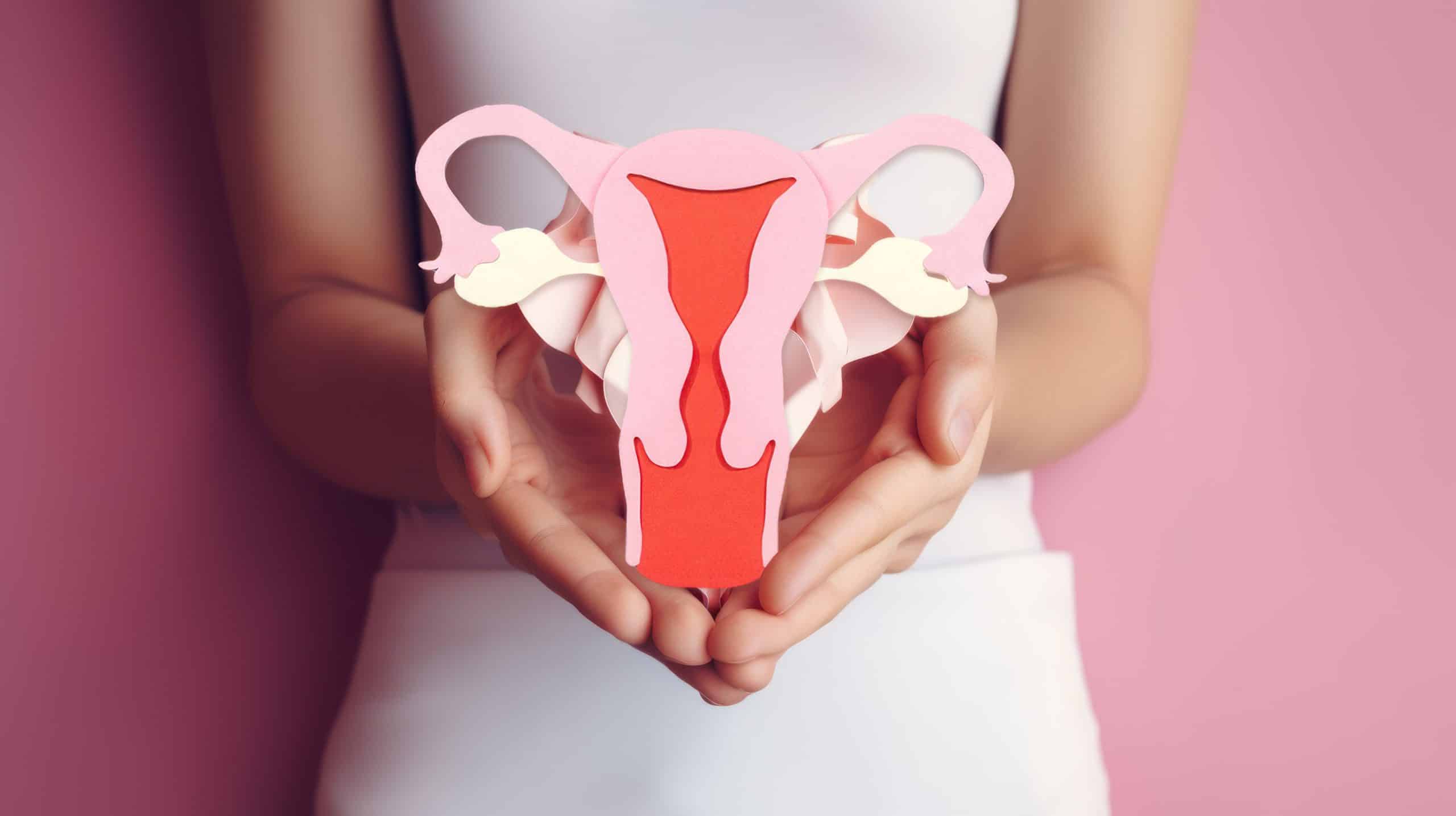What Causes Polycystic Ovarian Syndrome – And How To Treat It
Precisely what causes Polycystic Ovarian Syndrome is unknown, although genetics, environmental factors, and insulin resistance are involved. Polycystic Ovarian Syndrome (PCOS) is a hormone disorder that affects many women. It’s one of the most common causes of infertility and can also cause irregular periods, acne, excess facial and body hair growth, weight gain, and other symptoms. Women with PCOS often have higher levels of male-type hormones called androgens.
PCOS can be diagnosed with a physical exam and blood tests. Treatment typically includes lifestyle changes such as diet modifications and exercise to manage symptoms and reduce the risk of complications such as heart disease. In addition, medications like oral contraceptives or anti-androgens may help balance hormones and reduce symptoms.1
PCOS can be a difficult condition to manage, but with proper treatment and lifestyle changes, many women with PCOS are able to live healthy lives.
What Causes Polycystic Ovarian Syndrome – Genetics
Genetics may be the underlying cause of PCOS. Studies have suggested that there is a genetic link between PCOS and certain inherited traits that may increase the risk of developing the disorder. Women with family members who have PCOS are more likely to develop it, as well as women who have mutations in genes related to insulin resistance or other metabolic conditions.2
What Causes Polycystic Ovarian Syndrome – Environmental Factors
Environmental factors play an important role in the development of polycystic ovarian syndrome (PCOS). Studies suggest that exposure to environmental toxins, such as phthalates and bisphenol-A, may increase a woman’s risk of developing PCOS. Additionally, dietary factors, lifestyle choices, stress, and physical activity levels can all contribute to the development of PCOS.
Environmental toxins are found in many plastic items, such as food and drink containers, toys, shampoo bottles, and detergents. Exposure to these toxins may disrupt the body’s normal hormone balance, leading to the development of PCOS.3
Read more about common toxins.

Dietary factors also affect a woman’s risk of developing PCOS. Eating diets high in processed carbohydrates, trans fats, and sugary foods can increase insulin levels, leading to the development of PCOS.4
Stress is another environmental factor that contributes to the development of PCOS. Research suggests that stress triggers a hormonal response that increases the risk of developing PCOS. A lack of physical activity may increase a woman’s risk of developing PCOS, while regular exercise has been shown to reduce these risks.5
What Causes Polycystic Ovarian Syndrome – Insulin Resistance
Insulin resistance is thought to be one of the major causes of Polycystic Ovarian Syndrome. Insulin is a hormone that helps your body use sugar from food for energy. In people with insulin resistance, the cells in the body don’t respond properly to insulin and are unable to take up glucose from the bloodstream. As a result, more insulin is released into the bloodstream which can lead to higher-than-normal levels of insulin in the body.
High levels of insulin stimulate the ovaries to produce more androgens (male hormones) such as testosterone. This, in turn, can interfere with the normal development of follicles, resulting in polycystic ovaries and a variety of symptoms associated with PCOS.6
Exercise has also been shown to improve insulin sensitivity, which in turn helps reduce the amount of insulin produced by the body. Making lifestyle changes, such as getting regular exercise and eating a healthy diet, can help reduce the symptoms of PCOS.7
What Causes Polycystic Ovarian Syndrome – Vitamin D Deficiency
Vitamin D deficiency is linked to Polycystic Ovarian Syndrome. Vitamin D plays an important role in reproductive health and hormonal balance, as it helps regulate estrogen levels, which can have a major impact on fertility. Studies have shown that women with PCOS often have lower than normal levels of vitamin D. Low vitamin D levels can lead to irregular menstrual cycles, abnormal follicle-stimulating hormone (FSH) and luteinizing hormone (LH) levels, excessive androgen production, and polycystic ovaries.
In order to prevent or treat PCOS, it is important that women maintain adequate vitamin D levels. The best way to do this is through regular exposure to the sun or consuming food high in vitamin D.8
Read more about vitamin D deficiency.

What Causes Polycystic Ovarian Syndrome – And How To Treat It
Lifestyle changes, such as weight loss, increased physical activity, and a healthy diet, can help to reduce symptoms. Eating a balanced diet low in processed foods and high in vegetables, fruits, grass-fed meat, and healthy fats is important for managing PCOS.4
Getting regular exercise is another way to balance hormones naturally and improve overall health. Increasing activity levels through aerobic exercise or other activities like yoga can help boost mood and reduce stress, which can also help manage PCOS symptoms.5
How To Treat Polycystic Ovarian Syndrome – Inositol
Inositol is a type of sugar found in many foods, such as citrus fruits, beans, and nuts. It has been used to treat polycystic ovarian syndrome (PCOS) for over 20 years. Studies suggest that inositol may help with PCOS symptoms such as weight gain and insulin resistance. Inositol helps the body metabolize fat and carbohydrates. It has also been found to reduce testosterone levels, which may help improve menstrual regularity and acne in women with PCOS.
Inositol is often taken as a supplement in the form of myo-inositol or D-chiro-inositol. Myo-inositol is available in either powder or capsule form, while D-chiro-inositol is only available in capsule form.10
How To Treat Polycystic Ovarian Syndrome – Cinnamomum verum
Cinnamomum verum, also known as true cinnamon or Ceylon cinnamon, is a type of spice that has been used for centuries in traditional medicine to treat a variety of conditions. Recent studies have shown that Cinnamomum verum may be effective for treating polycystic ovarian syndrome (PCOS) symptoms and improving reproductive health.
Studies have shown that Cinnamomum verum can improve hormone levels in women with PCOS. It can help to reduce testicular androgens, which are responsible for the development of male characteristics in females, as well as luteinizing hormones (LH) and follicle-stimulating hormones (FSH), both of which are important for regulating reproductive health. Additionally, Cinnamomum verum can help to reduce insulin resistance, which is a major cause of PCOS.
In addition to its hormonal benefits, Cinnamomum verum may also improve other symptoms associated with PCOS, such as acne and hirsutism. Studies have shown that Cinnamomum verum can reduce sebum production, which helps to prevent the formation of acne. It may also help to reduce hirsutism by its anti-androgenic effects.11

How To Treat Polycystic Ovarian Syndrome – Trigonella foenum-graecum L.
Trigonella foenum-graecum L. (fenugreek) is a traditional medicinal plant used in the treatment of polycystic ovarian syndrome. Traditionally, it has been used as an anti-inflammatory agent, as an antidiabetic agent, and also to improve ovulation and fertility in women. It has been reported that fenugreek can reduce the levels of luteinizing hormone, which is responsible for ovary dysfunction in PCOS patients.
The mechanism of action of Trigonella foenum-graecum L. is not yet fully understood. However, it is believed to act by suppressing ovarian androgen production, improving insulin sensitivity, and increasing the levels of sex hormone-binding globulin (SHBG), which helps to reduce the bioavailability of free testosterone. It also has antioxidant properties which may help to protect against oxidative stress associated with PCOS.
Studies have shown that fenugreek can significantly improve symptoms in women with PCOS by reducing androgen levels, improving menstrual regularity, increasing ovulatory rate, and reducing hirsutism. It is also believed to have a positive effect on fertility in these women.12
How To Treat Polycystic Ovarian Syndrome – Vitex agnus-castus
Vitex agnus-castus, also known as chasteberry or monk’s pepper, has been used for centuries to treat a variety of reproductive issues. This herbal supplement is thought to help regulate hormones in the body such as luteinizing and follicle-stimulating hormones, which are involved in ovulation. It may also affect levels of progesterone, which can help to reduce many of the symptoms associated with PCOS.
In some studies, it has been observed that Vitex agnus-castus may reduce testosterone levels in women with PCOS. This is important because elevated testosterone levels are a common symptom of PCOS and can cause further reproductive issues. While research on this herb is still ongoing, there are some studies that suggest it may be helpful in treating PCOS.13
How To Treat Polycystic Ovarian Syndrome – Licorice
Licorice is a natural herb that can be helpful in treating polycystic ovarian syndrome. It works by reducing androgen levels, which are hormones associated with PCOS. Studies have shown that consuming licorice regularly can help reduce the symptoms of PCOS, including irregular periods, excessive hair growth, acne, and infertility.14

How To Treat Polycystic Ovarian Syndrome – Stachys Lavandulifolia
A recent study has shown that Stachys Lavandulifolia may help reduce the symptoms associated with PCOS. Stachys Lavandulifolia, also known as lavender cotton, is a member of the Stachyaceae family and has been used in traditional medicinal practices for centuries. It is widely available in herbal stores and can be taken orally or applied topically on the skin. This herb contains a variety of phytochemicals that may reduce inflammation, improve insulin sensitivity and reduce symptoms associated with PCOS.
One study found that Stachys Lavandulifolia extract helped to improve the menstrual cycle of women with PCOS, while another study showed it reduced hirsutism in women suffering from the condition. Additionally, Stachys lavandulifolia appears to reduce levels of oxidative stress, which can lead to oxidative damage in the body. This antioxidant effect may help reduce PCOS symptoms and improve overall health.15
How To Treat Polycystic Ovarian Syndrome – Quercetin
Quercetin is a flavonoid found in fruits, vegetables, and herbs that has powerful anti-inflammatory properties. Quercetin may be beneficial for treating PCOS by reducing inflammation, regulating hormones, and improving insulin sensitivity. Studies have shown that taking quercetin supplements can help to reduce symptoms such as acne as well as excess body and facial hair. Quercetin may also help to improve fertility in women with PCOS.16
What Causes Polycystic Ovarian Syndrome – And How To Treat It
Now that you know what causes polycystic ovarian syndrome, treating it involves lifestyle changes, adequate intake of vitamin D, and a number of herbal remedies that have been shown to improve symptoms related to PCOS.
Read more about insulin resistance.
References
1 Meier RK. Polycystic Ovary Syndrome. Nurs Clin North Am. 2018 Sep;53(3):407-420. doi: 10.1016/j.cnur.2018.04.008. Epub 2018 Jul 11. PMID: 30100006.
2 Ajmal N, Khan SZ, Shaikh R. Polycystic ovary syndrome (PCOS) and genetic predisposition: A review article. Eur J Obstet Gynecol Reprod Biol X. 2019 Jun 8;3:100060. doi: 10.1016/j.eurox.2019.100060. PMID: 31403134; PMCID: PMC6687436.
3 Palioura E, Diamanti-Kandarakis E. Polycystic ovary syndrome (PCOS) and endocrine disrupting chemicals (EDCs). Rev Endocr Metab Disord. 2015 Dec;16(4):365-71. doi: 10.1007/s11154-016-9326-7. PMID: 26825073.
4 Shahid R, Iahtisham-Ul-Haq, Mahnoor, Awan KA, Iqbal MJ, Munir H, Saeed I. Diet and lifestyle modifications for effective management of polycystic ovarian syndrome (PCOS). J Food Biochem. 2022 Jul;46(7):e14117. doi: 10.1111/jfbc.14117. Epub 2022 Feb 24. PMID: 35199348.
5 Damone AL, Joham AE, Loxton D, Earnest A, Teede HJ, Moran LJ. Depression, anxiety and perceived stress in women with and without PCOS: a community-based study. Psychol Med. 2019 Jul;49(9):1510-1520. doi: 10.1017/S0033291718002076. Epub 2018 Aug 22. PMID: 30131078.
6 Xu Y, Qiao J. Association of Insulin Resistance and Elevated Androgen Levels with Polycystic Ovarian Syndrome (PCOS): A Review of Literature. J Healthc Eng. 2022 Mar 21;2022:9240569. doi: 10.1155/2022/9240569. PMID: 35356614; PMCID: PMC8959968.
7 Woodward A, Klonizakis M, Broom D. Exercise and Polycystic Ovary Syndrome. Adv Exp Med Biol. 2020;1228:123-136. doi: 10.1007/978-981-15-1792-1_8. PMID: 32342454.
8 Morgante G, Darino I, Spanò A, Luisi S, Luddi A, Piomboni P, Governini L, De Leo V. PCOS Physiopathology and Vitamin D Deficiency: Biological Insights and Perspectives for Treatment. J Clin Med. 2022 Aug 2;11(15):4509. doi: 10.3390/jcm11154509. PMID: 35956124; PMCID: PMC9369478.
9 Fruzzetti F, Perini D, Russo M, Bucci F, Gadducci A. Comparison of two insulin sensitizers, metformin and myo-inositol, in women with polycystic ovary syndrome (PCOS). Gynecol Endocrinol. 2017 Jan;33(1):39-42. doi: 10.1080/09513590.2016.1236078. Epub 2016 Nov 3. PMID: 27808588.
10 Genazzani AD. Inositol as putative integrative treatment for PCOS. Reprod Biomed Online. 2016 Dec;33(6):770-780. doi: 10.1016/j.rbmo.2016.08.024. Epub 2016 Sep 16. PMID: 27717596.
11 Dou L, Zheng Y, Li L, Gui X, Chen Y, Yu M, Guo Y. The effect of cinnamon on polycystic ovary syndrome in a mouse model. Reprod Biol Endocrinol. 2018 Oct 19;16(1):99. doi: 10.1186/s12958-018-0418-y. PMID: 30340496; PMCID: PMC6194596.
12 Swaroop A, Jaipuriar AS, Gupta SK, Bagchi M, Kumar P, Preuss HG, Bagchi D. Efficacy of a Novel Fenugreek Seed Extract (Trigonella foenum-graecum, Furocyst) in Polycystic Ovary Syndrome (PCOS). Int J Med Sci. 2015 Oct 3;12(10):825-31. doi: 10.7150/ijms.13024. PMID: 26516311; PMCID: PMC4615243.
13 Kakadia N, Patel P, Deshpande S, Shah G. Effect of Vitex negundo L. seeds in letrozole induced polycystic ovarian syndrome. J Tradit Complement Med. 2018 Oct 11;9(4):336-345. doi: 10.1016/j.jtcme.2018.03.001. PMID: 31453130; PMCID: PMC6701941.
14 Manouchehri A, Abbaszadeh S, Ahmadi M, Nejad FK, Bahmani M, Dastyar N. Polycystic ovaries and herbal remedies: A systematic review. JBRA Assist Reprod. 2023 Mar 30;27(1):85-91. doi: 10.5935/1518-0557.20220024. PMID: 35916457; PMCID: PMC10065776.
15 Jalilian N, Modarresi M, Rezaie M, Ghaderi L, Bozorgmanesh M. Phytotherapeutic management of polycystic ovary syndrome: role of aerial parts of wood betony (Stachys lavandulifolia). Phytother Res. 2013 Nov;27(11):1708-13. doi: 10.1002/ptr.4921. Epub 2013 Jan 11. PMID: 23307315.
16 Mihanfar A, Nouri M, Roshangar L, Khadem-Ansari MH. Therapeutic potential of quercetin in an animal model of PCOS: Possible involvement of AMPK/SIRT-1 axis. Eur J Pharmacol. 2021 Jun 5;900:174062. doi: 10.1016/j.ejphar.2021.174062. Epub 2021 Mar 31. PMID: 33798596.




